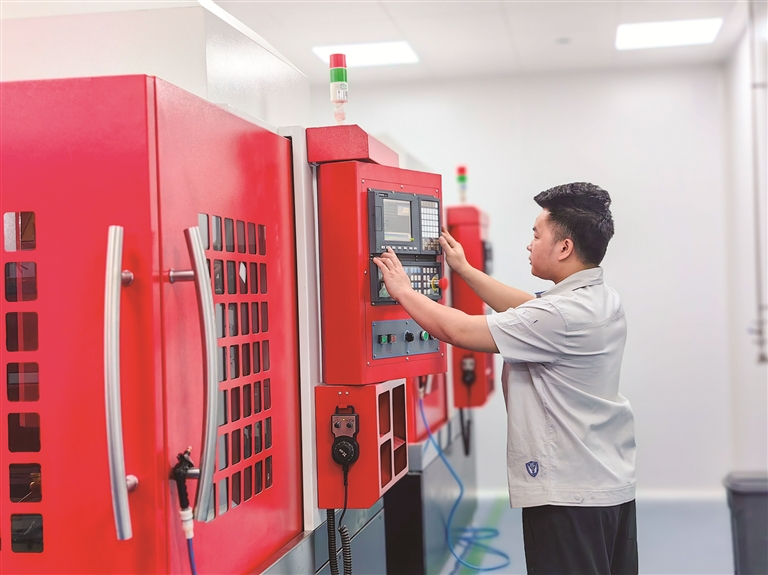Mass spectrometers are precision analytical instruments widely used in chemistry, biology, medicine, environmental science, and other fields. They determine the composition and structure of substances by detecting the motion characteristics of substances in an electric or magnetic field. Mass spectrometers convert sample molecules into charged ions through the ionization process, then separate these ions through the mass analyzer, and finally measure the intensity of the ions through the detector. The ion detection methods and sensitivity of mass spectrometers are the core performance indicators, directly affecting the accuracy and reliability of the analysis results. The following will discuss the ion detection methods and sensitivity enhancement strategies of mass spectrometers.
Ion detection methods of mass spectrometers
Electrospray Ionization (ESI): One of the most commonly used ionization methods in mass spectrometry, which ionizes the sample molecules into charged ions by jetting the sample solution into a mist and then ionizing the sample molecules under the action of an electric field.
Atmospheric Pressure Chemical Ionization (APCI): Similar to ESI, but using a chemical ionization source, ionizing the sample molecules through chemical reactions.
Atmospheric Pressure Photodissociation Ionization (APGD): By illuminating the sample, causing photodissociation reactions under high vacuum conditions, thus ionizing the sample molecules.
Atmospheric Pressure Chemical Ionization-Mass Spectrometry (APCI-MS): Combining the advantages of APCI and ESI, it provides a comprehensive ionization method.
Strategies for enhancing the sensitivity of mass spectrometers
mass spectrometers
Optimization of sample preparation: Improving the ionization efficiency of samples by improving the sample pretreatment methods such as selecting appropriate solvents and using surface modification technologies.
Improving instrument performance: Using high-resolution mass analyzers and highly sensitive detectors such as time-of-flight mass spectrometry (TOF-MS) and high-sensitivity electron multiplier cameras (EMCCD).
Optimization of ion source parameters: By adjusting the temperature, pressure, and voltage of the ion source, optimize the ionization conditions and improve the ionization efficiency.
Enhancing signal processing capability: Adopting advanced signal processing algorithms such as multi-channel analysis, baseline correction, and background correction to improve the signal-to-noise ratio.
Sample enrichment technology: Utilizing sample enrichment techniques such as solid-phase extraction and microfluidic chips to reduce background interference and improve the detection sensitivity of the target substances.
Optimization of data processing software: Development or use of advanced data processing software, providing more precise peak identification and quantitative analysis functions, improving the reliability and reproducibility of data.
The ion detection methods and sensitivity enhancement strategies of mass spectrometers are interrelated, and they need to be comprehensively considered according to specific application requirements and sample characteristics. Through continuous technological innovation and optimization, the application scope of mass spectrometers will become more extensive, and their role in scientific research and industrial production will also become increasingly important.
